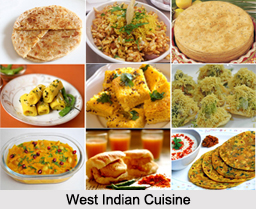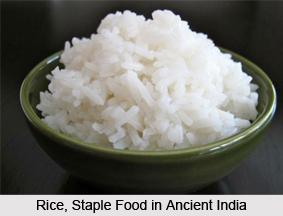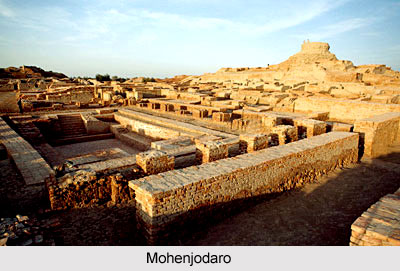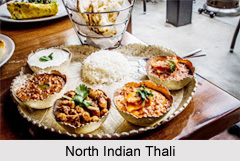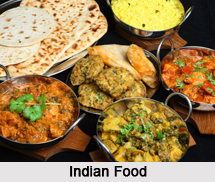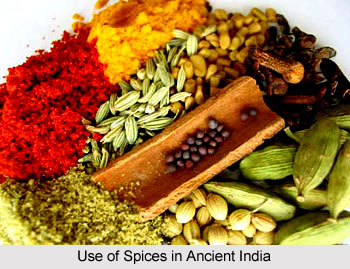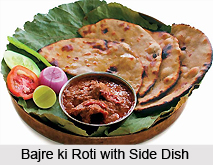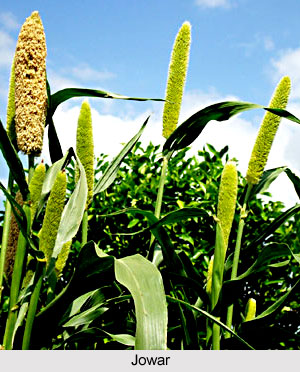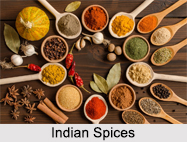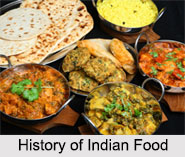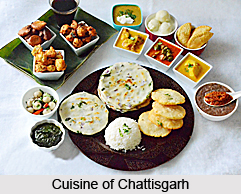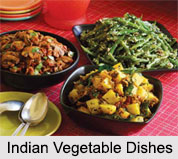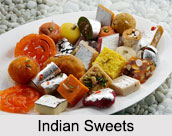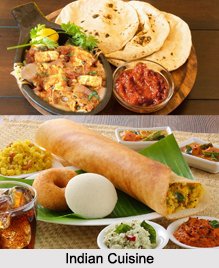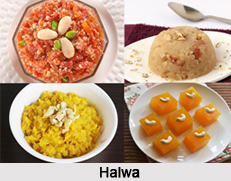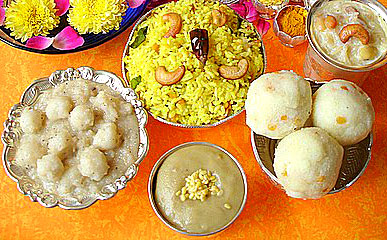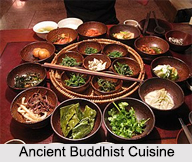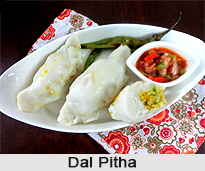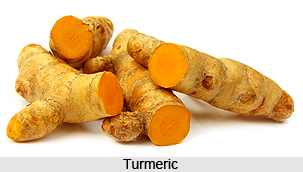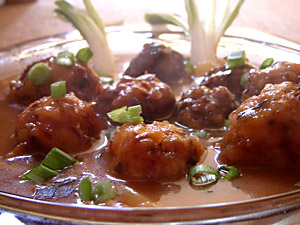 Chinese influence On Indian food is indeed immense. Enlaced with its rich history Chinese influence on Indian food is said to have developed by the tiny Chinese community that dwelled in Kolkata. However, the original Chinese cuisine witnessed a number of changes to gain its Indianised version. The Indian Chinese cuisine therefore stands as the adaptation of Chinese seasoning and cooking techniques to Indian tastes
Chinese influence On Indian food is indeed immense. Enlaced with its rich history Chinese influence on Indian food is said to have developed by the tiny Chinese community that dwelled in Kolkata. However, the original Chinese cuisine witnessed a number of changes to gain its Indianised version. The Indian Chinese cuisine therefore stands as the adaptation of Chinese seasoning and cooking techniques to Indian tastes
The Chinese influence on Indian food gave birth to a whole new facet in Indian cuisine popular as the Indian Chinese Cuisine. The Indian Chinese cuisine is different from the original Chinese cuisine. Spices like turmeric, cumin, and coriander along with hot chili, yoghurt, garlic and ginger are used in these dishes. Non- staple dishes in Chinese cuisine are of two types. It can be served with the helping of gravy or without the gravy. Manchurian and Szechwan are other popular Chinese cuisines in India. These are often served in Indian style by frying them deep in the oil and adding chili to it.
Chinese cuisine in India is believed to have been developed by a small Kolkata Chinese community. They are living there for over a century and are gradually widespread in the cities like New Delhi and Mumbai. Chinese cuisine in India is the combination of Chinese seasoning that cooked in Indian tastes which is immensely popular by both the Indian and Chinese communities.
Chinese influence On Indian food also popularized non-vegetarian dishes in India. Non veg dishes like fish, chicken, mutton and prawns were largely popularized. Another remarkable Chinese influence on Indian food is the usage of Ajinomoto to ensure the typical Chinese flavour in Indian food.
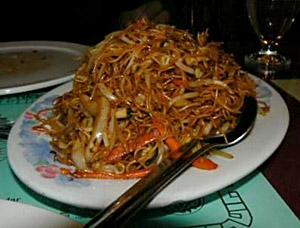 Chinese influence on Indian food altered the structure of Indian cuisine also. Plain rice and pulses were heavily replaced by chowmin and fried rice. The main course of Chinese cuisine therefore contoured the structure of Indian Chinese cuisine in India. Indian Chinese cuisine includes Manchurian with any of the chicken, prawn, fish, mutton, or vegetable. It is also available with paneer, Sweet and sour chicken, Gobi Manchurian, combines with scallion, soy sauce, ginger, hot pepper, with cauliflower, Momos, etc. Its desserts include ice cream on honey-fried noodles and date pancakes. The development of soup culture in Indian food system is also an important contribution of the Chinese influence on Indian food. In Indian Chinese recipes sweet corn soups and manchow soups are largely available in meat and vegetable form as the starters. Chicken is widely available for the non-vegetarian customers. The most popular Chinese cuisine, Hakka chowmin is made with noodles along with chicken, shrimp or vegetable variants. American chop sue and sweet and sour dishes are also famous among Indian community.
Chinese influence on Indian food altered the structure of Indian cuisine also. Plain rice and pulses were heavily replaced by chowmin and fried rice. The main course of Chinese cuisine therefore contoured the structure of Indian Chinese cuisine in India. Indian Chinese cuisine includes Manchurian with any of the chicken, prawn, fish, mutton, or vegetable. It is also available with paneer, Sweet and sour chicken, Gobi Manchurian, combines with scallion, soy sauce, ginger, hot pepper, with cauliflower, Momos, etc. Its desserts include ice cream on honey-fried noodles and date pancakes. The development of soup culture in Indian food system is also an important contribution of the Chinese influence on Indian food. In Indian Chinese recipes sweet corn soups and manchow soups are largely available in meat and vegetable form as the starters. Chicken is widely available for the non-vegetarian customers. The most popular Chinese cuisine, Hakka chowmin is made with noodles along with chicken, shrimp or vegetable variants. American chop sue and sweet and sour dishes are also famous among Indian community.
Chinese influence on Indian food silhouetted the Indian food scenario whilst adding that contemporary touch of tangy- tarty taste of Indian Chinese cuisine.
